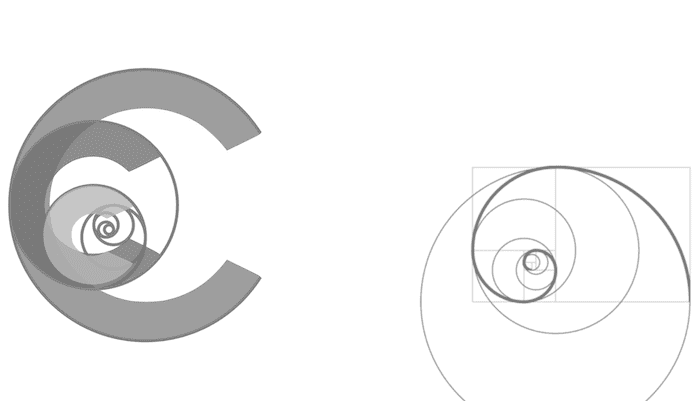Diaphragm injury
Reviewed and revised 21 December 2015
OVERVIEW
Diaphragmatic injury can be a challenging diagnosis and is missed on imaging about 50% of the time
- Comprises 0.8 to 8% of all closed blunt trauma and penetrating trauma case combined
- More common in penetrating trauma
— suspect if wound tract may extend between T4 and T12 levels - Suspect also in severe blunt trauma (e.g. abdominal crush injury, ejection)
— respiratory distress if left-sided
— deep visceral pain if right-sided - Most commonly posterolateral left hemidiaphragm in blunt trauma, as liver diffuses force and protects the right diaphragm
- herniated organs: stomach > small and large bowel > spleen > liver
- mortality 14 to 50% – associated abdominal injury is very common
ASSESSMENT
History
- trauma
- frequently no symptoms
- if delayed: SOB, post-prandial epigastric pain, thoracic pain
- rarely gastric herniation or volvulus (vomiting, sepsis if strangulation has occurred)
- shoulder pain
Examination
- frequently no signs
- tachypnoea
- decreased SpO2
- tachycardia, hypotension (strangulation)
- fever
- decreased chest expansion on affected side (left > right x 3)
- dullness to percussion
- decreased AE at affected base
- bowel sounds in the chest
- schaphoid abdomen
- abdominal tenderness, peritonism
Investigations
- Chest x-ray may be normal (~50%) or show:
— elevation or “blurring” of the hemidiaphragm
— haemothorax
— an abnormal gas shadow that obscures the hemidiaphragm
— the gastric tube being positioned in the chest - CT; in some centers sensitivity is as high as 95% for MDCT (machine and radiologist dependent):
— the collar sign (or hour glass sign) = a waist-like constriction of the herniating hollow viscus at the site of the diaphragmatic tear
— the dependent viscera sign = viscera are unsupported posteriorly by the injured diaphragm and fall to a dependent position against the posterior ribs
— segmental non recognition of diaphragm
— focal diaphragmatic thickening
— thoracic fluid abutting the abdominal viscera
— associated abdominal injuries - Laparoscopy (surgical ‘eye-ogram’)
— gold standard (along with laparotomy)
— often performed if penetrating wound in left thoracoabdominal area
MANAGEMENT
- ATLS approach
- Decompress stomach with a gastric tube
- Laparotomy for repair, laparoscopy may be performed first for diagnosis
- Treat associated injuries
- Supportive care
References and Links
LITFL
FOAM and web resources
- Radiopaedia.org — Diaphragmatic rupture
- Trauma Professional’s blog — Practical Tips On Diaphragm Injury
- Trauma Professional’s blog — What’s Wrong In This Photo? The Answer

Critical Care
Compendium
Chris is an Intensivist and ECMO specialist at The Alfred ICU, where he is Deputy Director (Education). He is a Clinical Adjunct Associate Professor at Monash University, the Lead for the Clinician Educator Incubator programme, and a CICM First Part Examiner.
He is an internationally recognised Clinician Educator with a passion for helping clinicians learn and for improving the clinical performance of individuals and collectives. He was one of the founders of the FOAM movement (Free Open-Access Medical education) has been recognised for his contributions to education with awards from ANZICS, ANZAHPE, and ACEM.
His one great achievement is being the father of three amazing children.
On Bluesky, he is @precordialthump.bsky.social and on the site that Elon has screwed up, he is @precordialthump.
| INTENSIVE | RAGE | Resuscitology | SMACC
